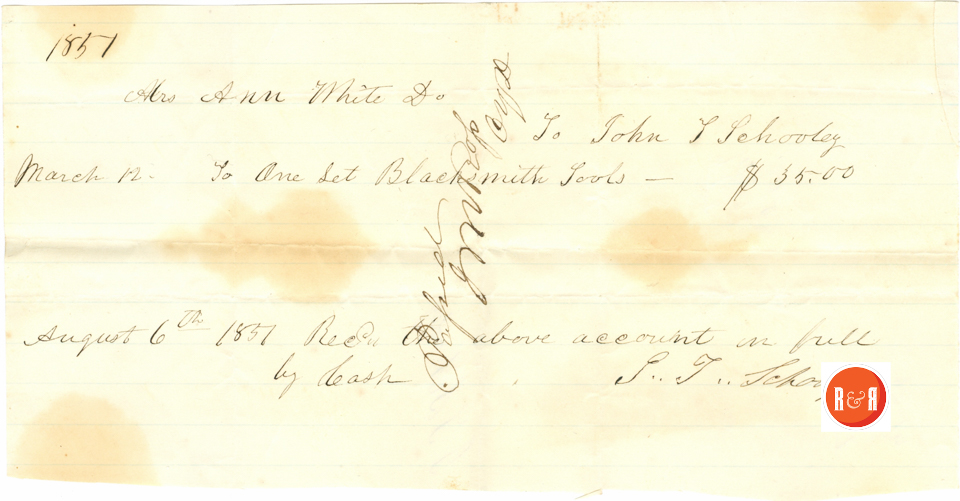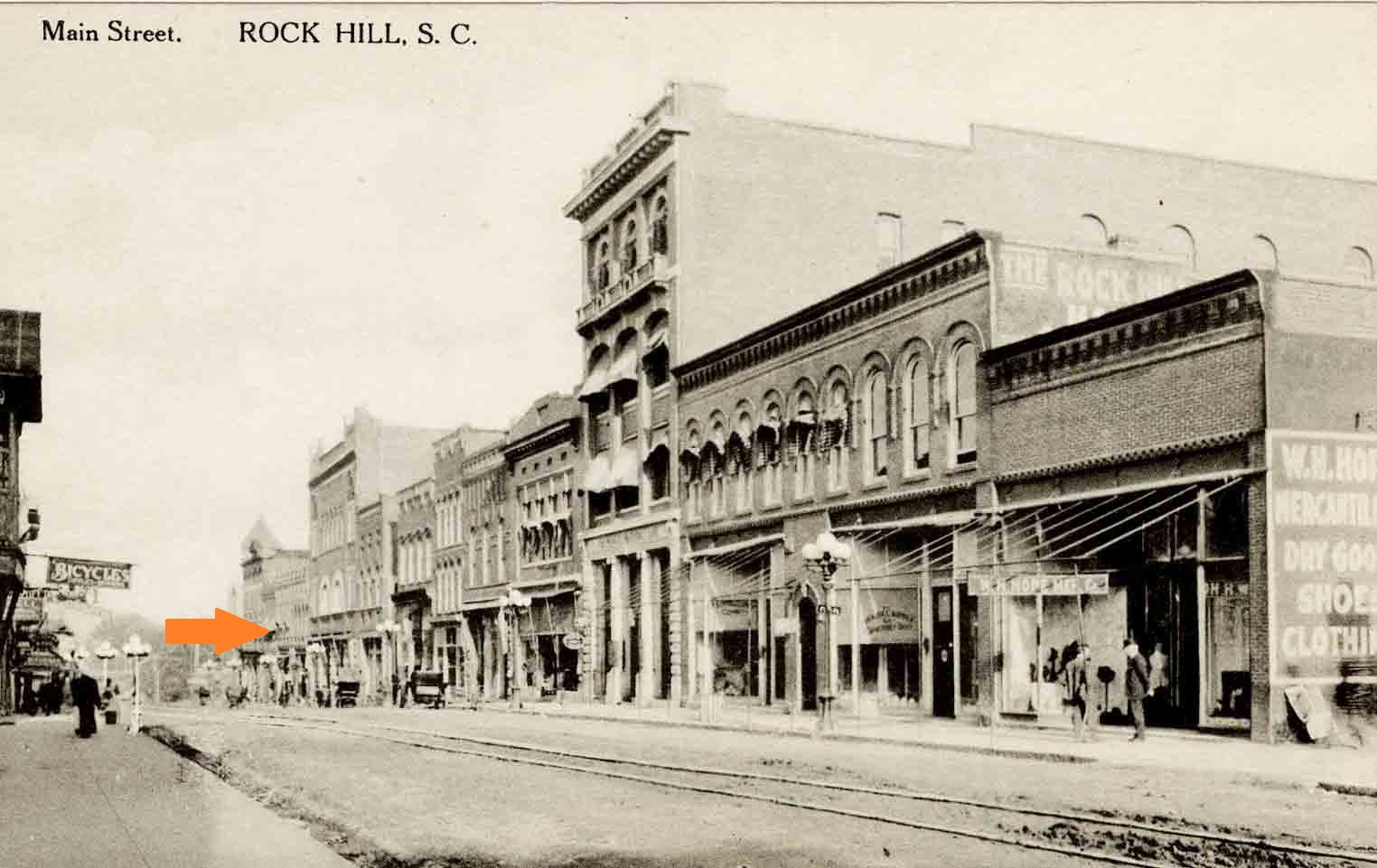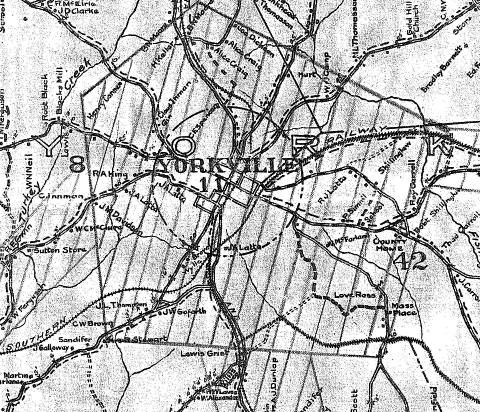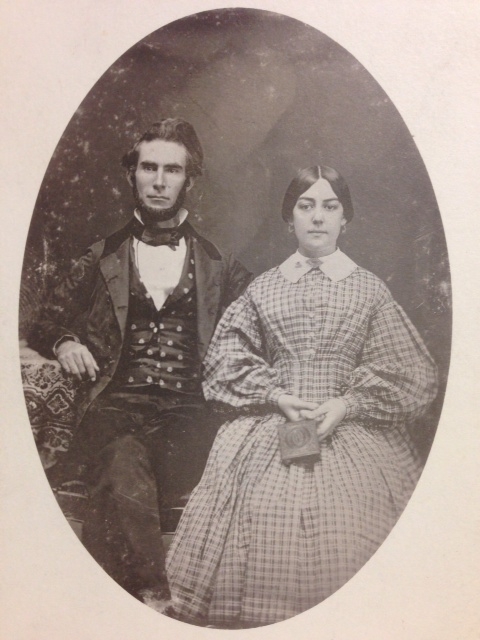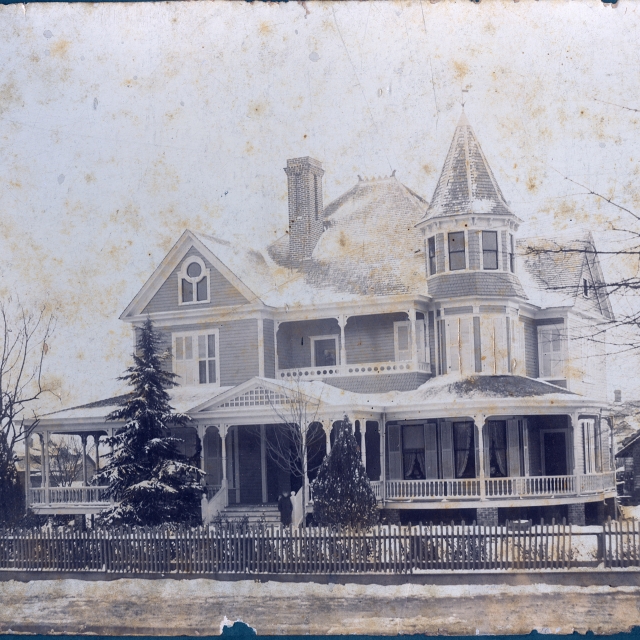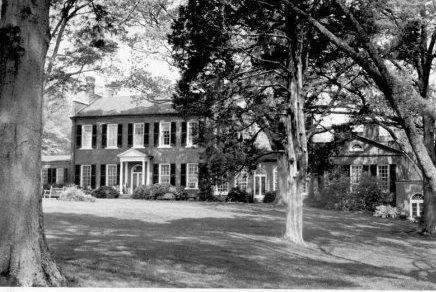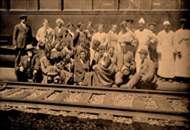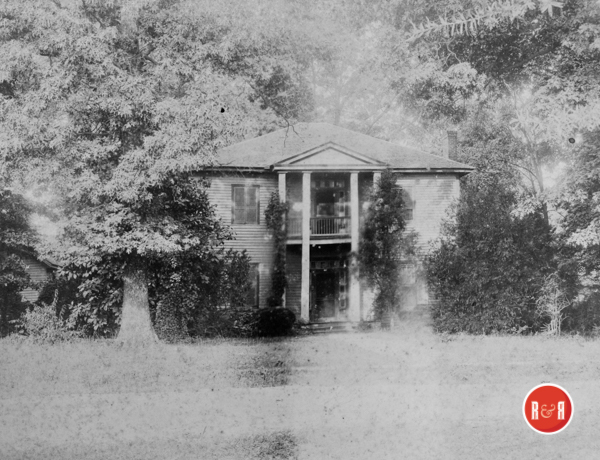
The Hutchison Home, demolished, in downtown Rock Hill, S.C. constructed by businessman-contractor; Mr. B.F. Rawlinson as a speculative sales project, ca. 1850
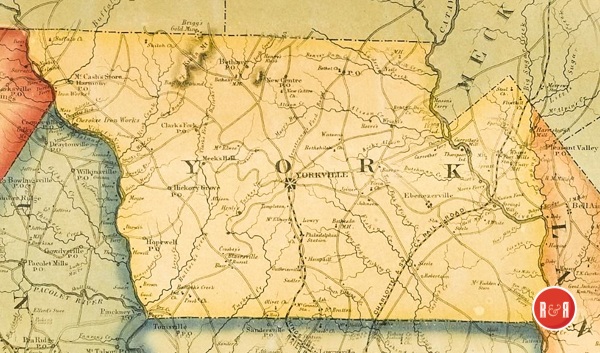
Colton’s 1854 Map of York County – Courtesy of the SC Dept. of Archives and History
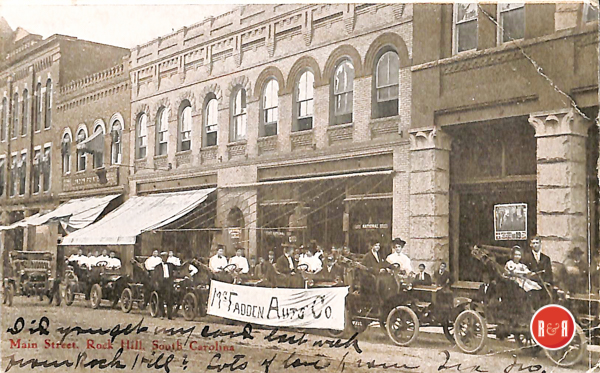
Early 20th century postcard showing the McFadden Motor Co., as part of a promotional piece on Main Street. Courtesy of the AFLLC Collection – 2017 One of thousands of historic addresses – sites, in York County, to explore and enjoy on the pages of Roots and Recall!
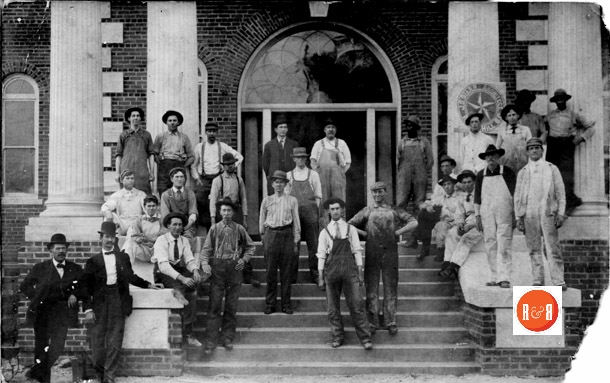
Rock Hill architect and contractor, Julian Starr and his crew on the front of a project he recently completed in Union County, S.C.
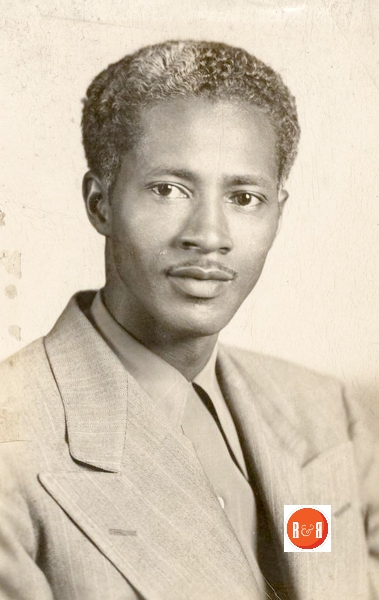
Tom Mills, a young African American entrepreneur, in Rock Hill, S.C.
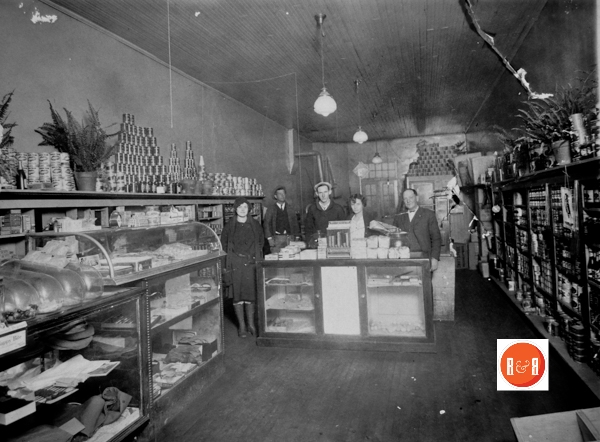
Pictured are Ruth Holler – Kimbrell, M.E. Kimbrell and Nell Pickett. Courtesy of the Kimbrell Collection, 2015
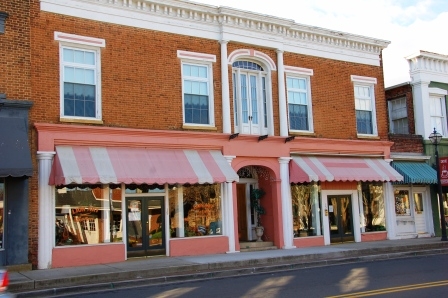
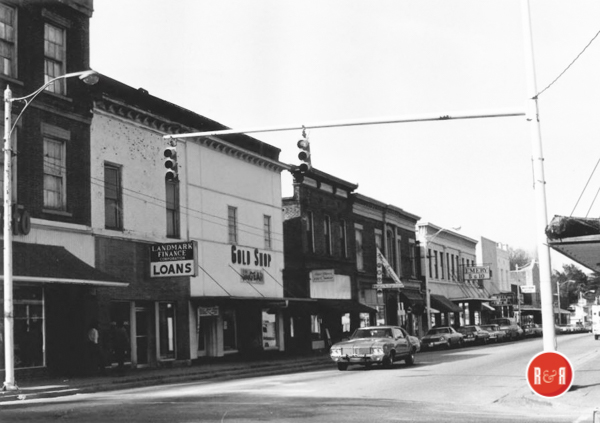
A National Register district, image ca. 1979, showing North Congress Street. The Yorkville Enquirer contained an ad on May 10, 1893 for W.B. Moore and Co., offering coffins, caskets, and robes.
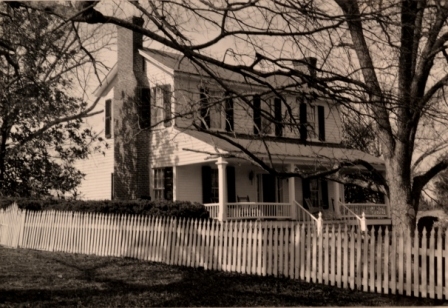
The White – Rainey home originally had a handsome picket fence and fine English boxwood lining the front entrance.
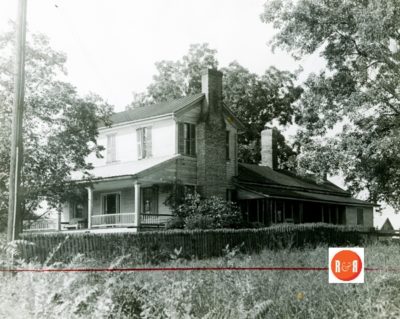
Rainey House ca. 1950 by Eliz. Reed – Evening Herald
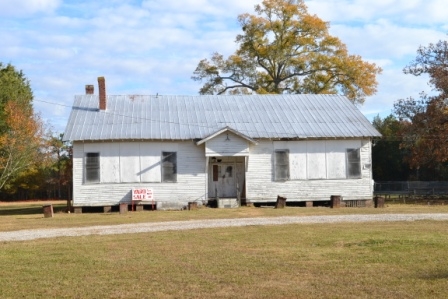

Picking cotton fields by hand, throughout the South, was a common event in the fall, prior to ca. 1950s. Postcard view in Newberry Co., (it could easily have been photographed in York County as well), courtesy of the Davie Beard Collection – 2017
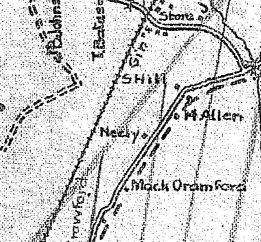
Picking cotton fields by hand, throughout the South, was a common event in the fall, prior to ca. 1950s. Postcard view in Newberry Co., (it could easily have been photographed in York County as well), courtesy of the Davie Beard Collection – 2017
The Crawford School was constructed just south of the Neely house on the opposite side of the road. Walker’s 1910 Postal Map
Crawford Center – Rosenwald African American School

